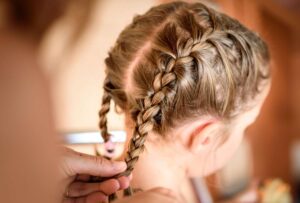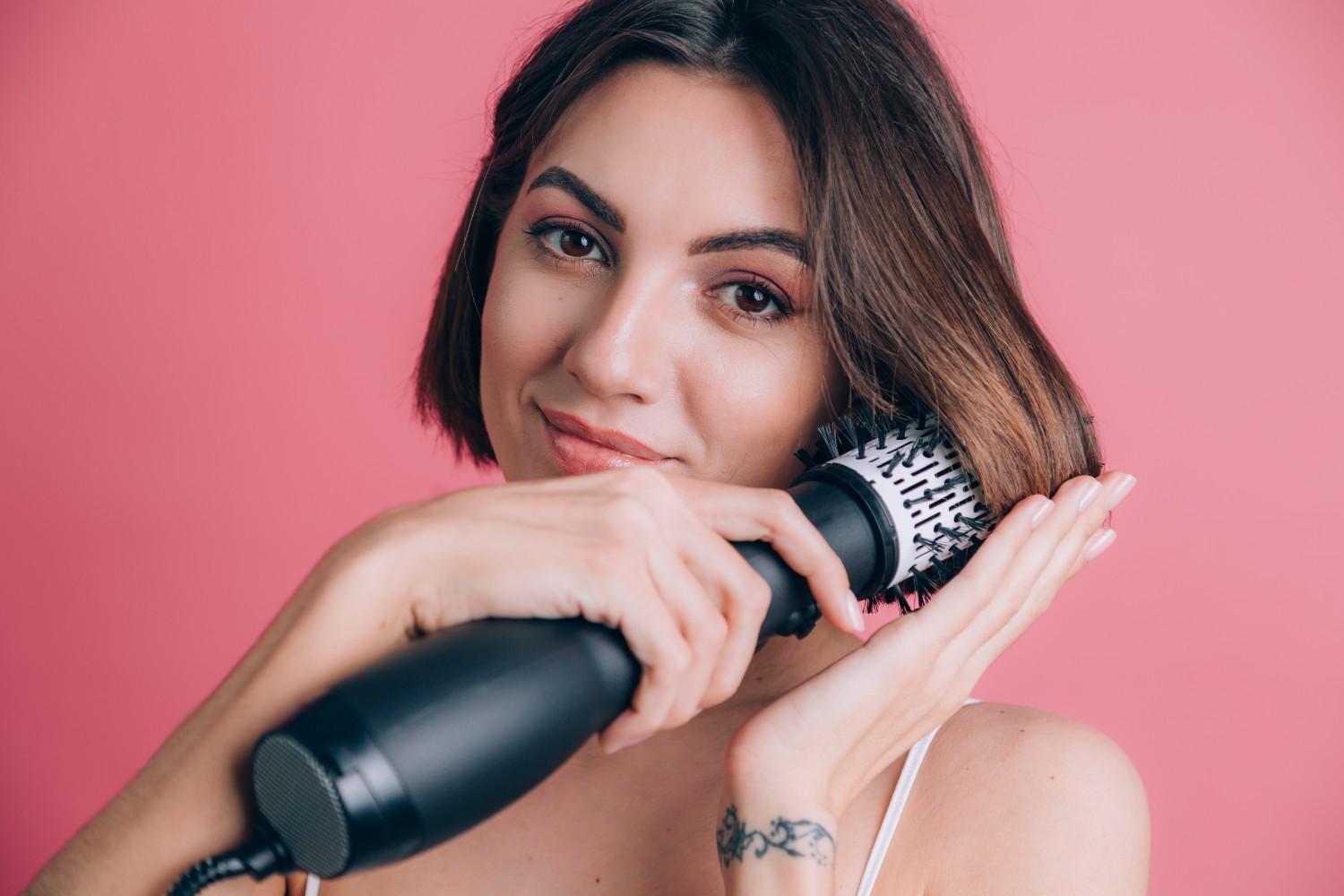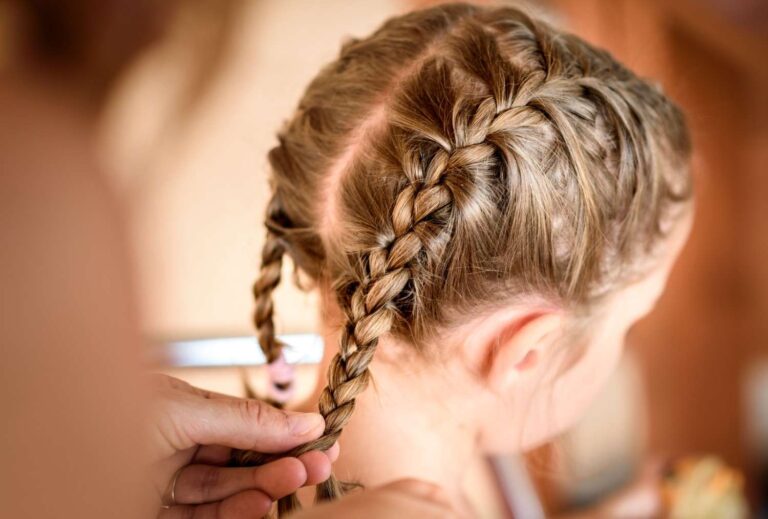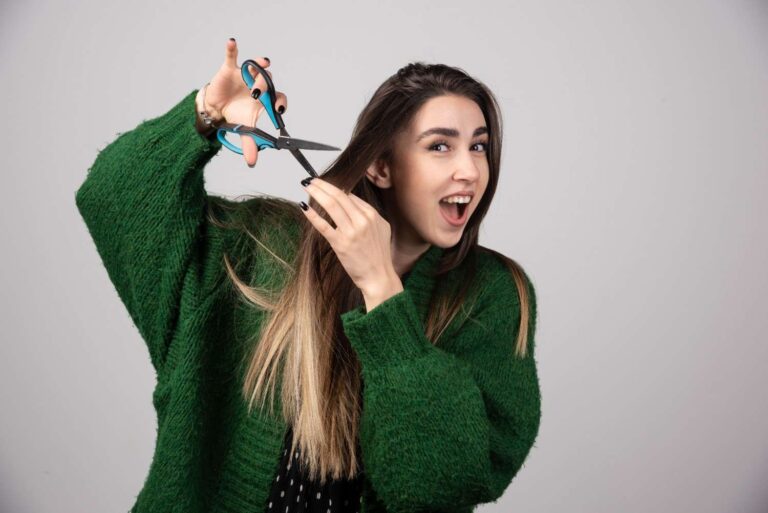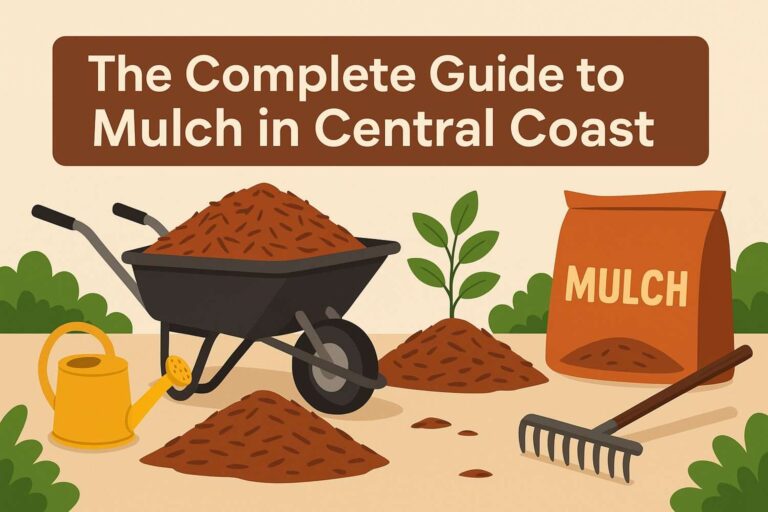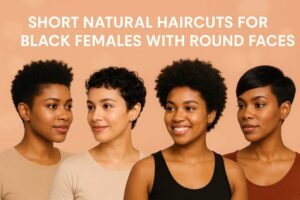If you’re searching for short pixie haircuts for fine hair, you’ve landed in the perfect place. Picture this: you wake up, toss on a light product, rake through your strands, and step out with a look that reads full, chic, and effortless. That’s the magic a well-executed pixie can bring to fine hair—instant lift, texture, and movement without dragging your strands flat under their own weight.
Fine hair often lacks body, and longer styles tend to hang limp. But when you go short, strategically layered, and textured, you give your hair a chance to breathe, bounce, and visually bulk up. Stylists often say the secret isn’t volumeless bulk—it’s smart shaping and direction. (More on that soon.)
Why a pixie cut unlocks volume for fine hair
Fine hair can sometimes feel like it lacks presence: it’s soft, delicate, and easily overwhelmed. That’s where a pixie cut shines. By removing excess length and using layering techniques, you allow movement and reduce weight—so hair can lift instead of being pulled down. In short: the right pixie gives the illusion of density while preserving real strands.
A few key principles hair pros emphasize (from sources like the Associated Hair Professionals) include cutting with thin, precise sections, avoiding over-direction, and doing much of the texturing when the hair is dry rather than soaking wet.
Those guidelines help ensure that the cut supports fullness rather than collapsing flat. And editors at ELLE and other top beauty publications stress that leaving a little length—not chopping everything too short—lets product and styling reveal depth instead of erasing it.
Pixie cuts that work beautifully on fine hair
Here’s a breakdown of especially flattering styles for fine strands (styled with your best interest in mind):
Choppy Pixie with Bangs
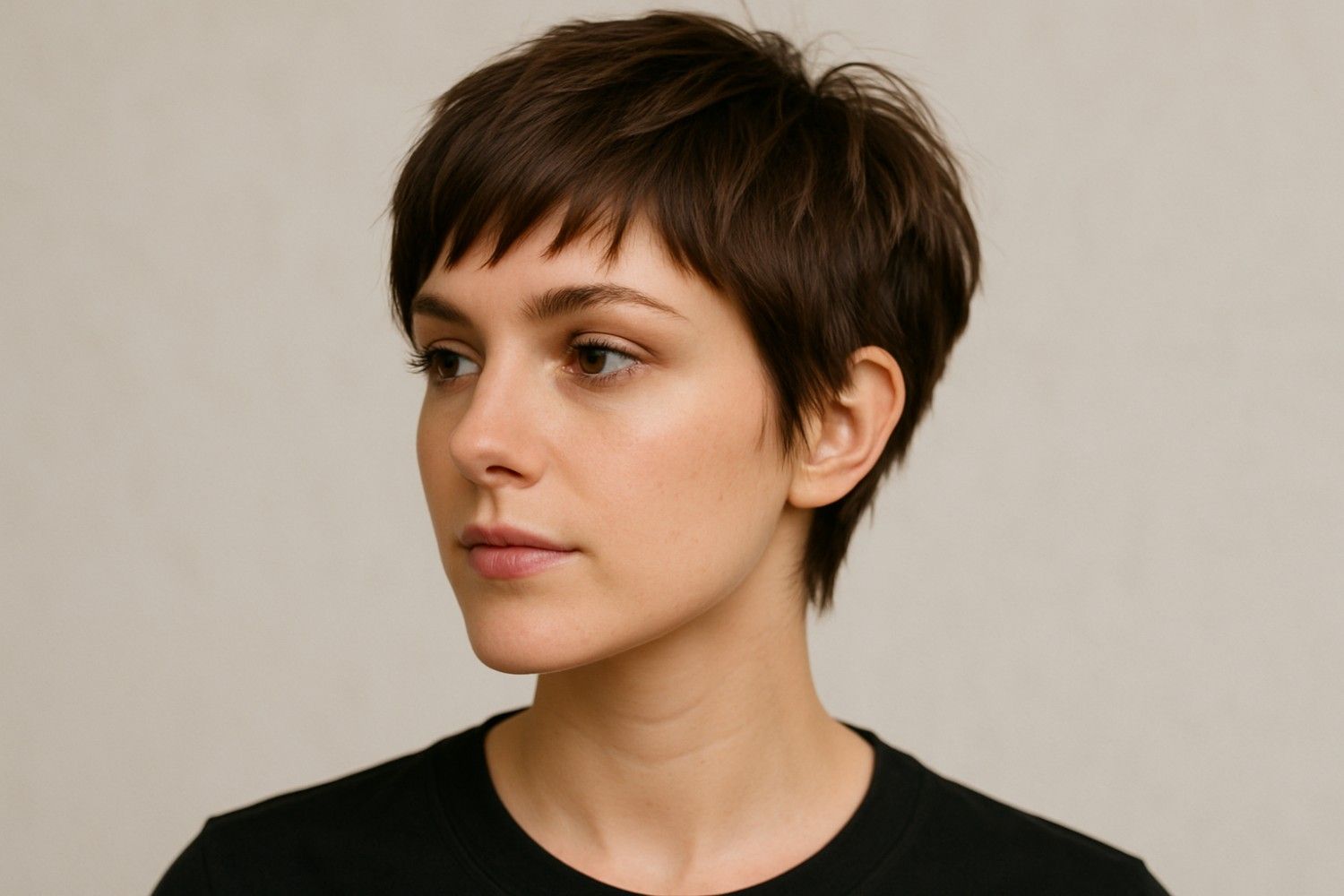
This version uses short, jagged layers to inject movement and the illusion of fullness. A side-swept or wispy fringe frames your face, adds dimension, and draws attention away from thin areas.
Undercut Pixie
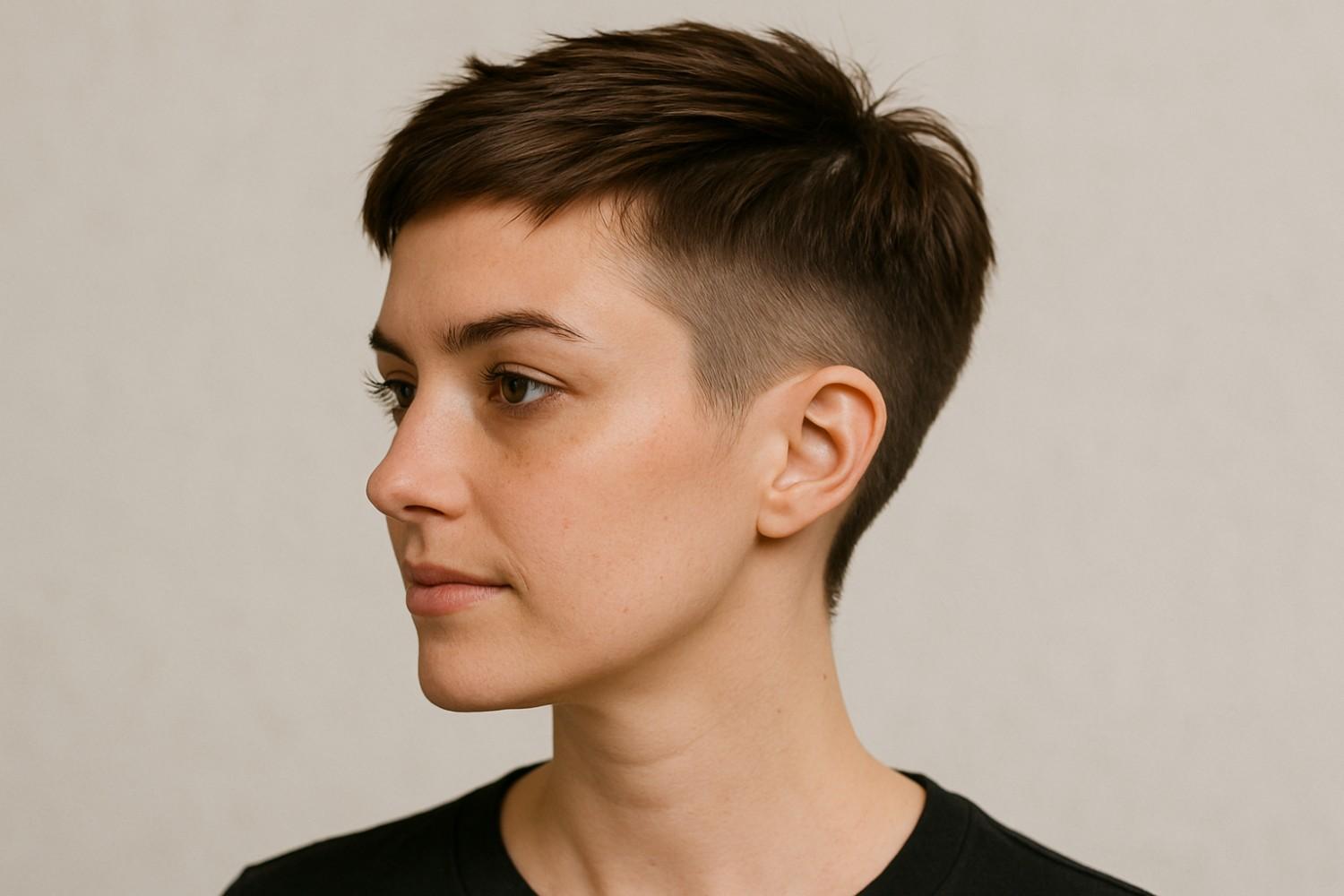
By trimming or shaving hair underneath, the top section gets room to rise and creates contrast. It brings structure and edge—especially striking if you’re aiming for a bold but wearable style.
Textured / Shaggy Pixie
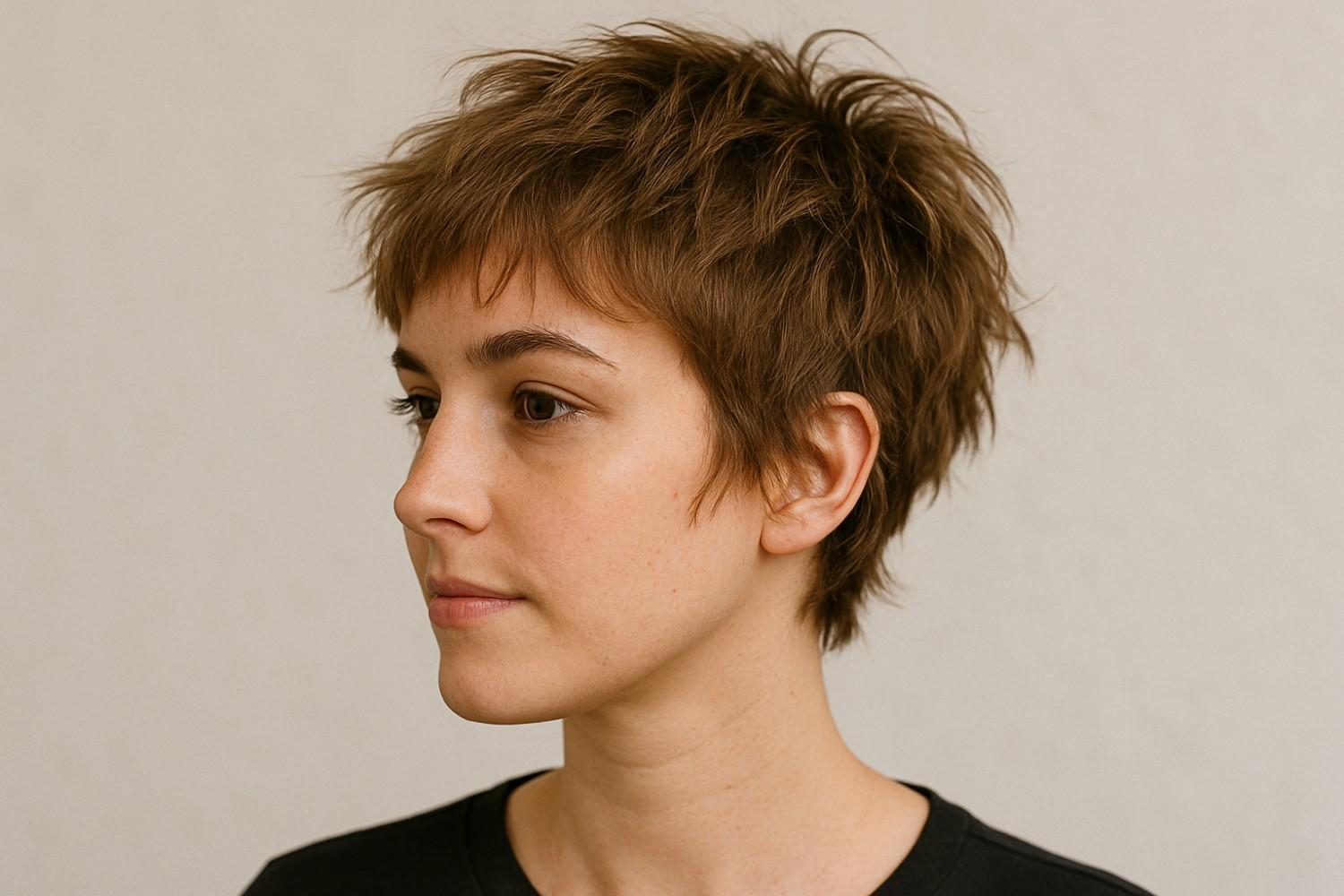
Feathered layers and point cuts give airy texture that tricks the eye into seeing more density. When styling, a small dose of texturizing paste (on damp hair) goes a long way—too much product defeats the purpose.
Asymmetrical Pixie
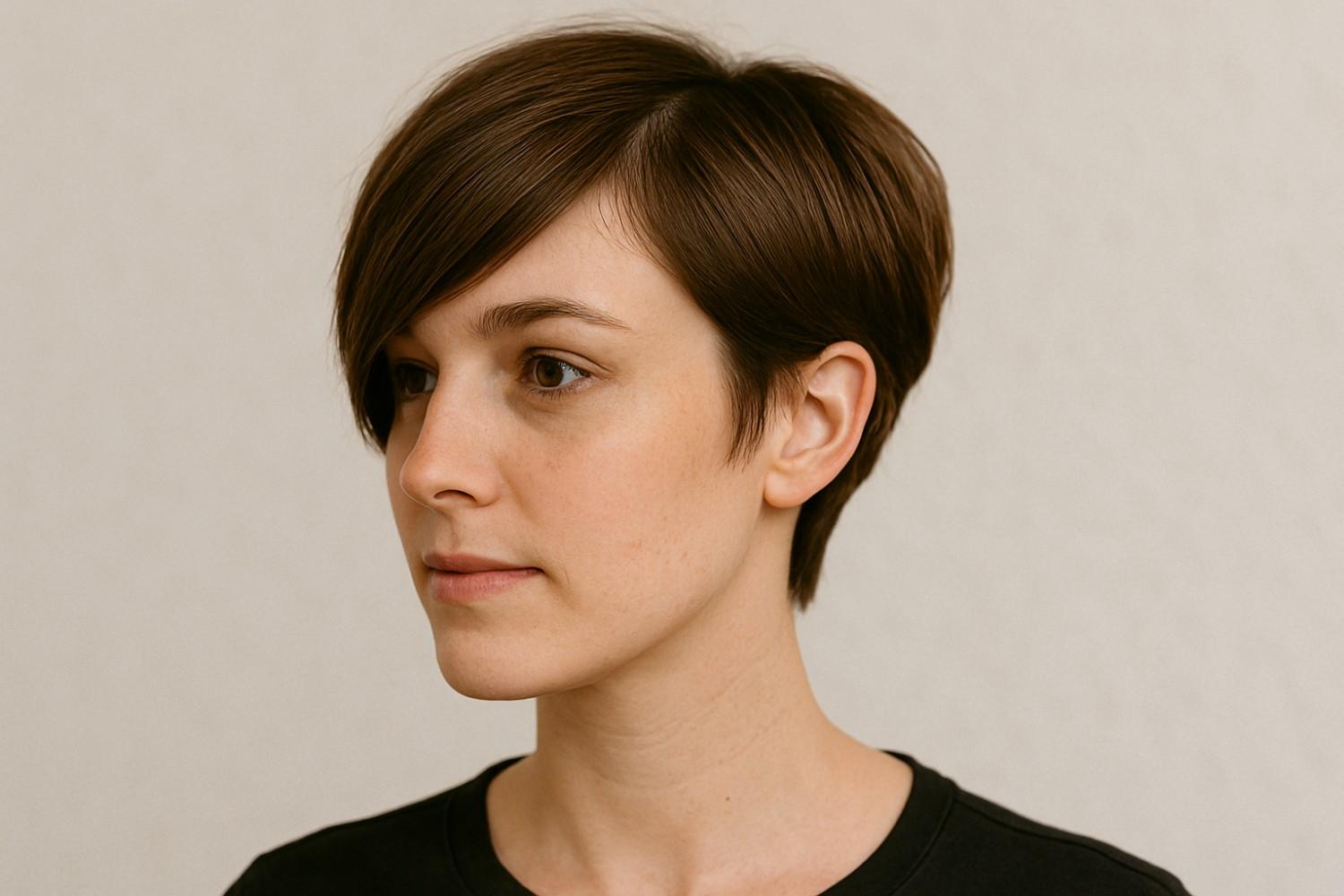
One side is cut shorter and the other left longer. With a steep side part and cascading fringe, the imbalance becomes the focal point, distracting from hair thinness and adding visual intrigue.
Brushed-Forward Pixie
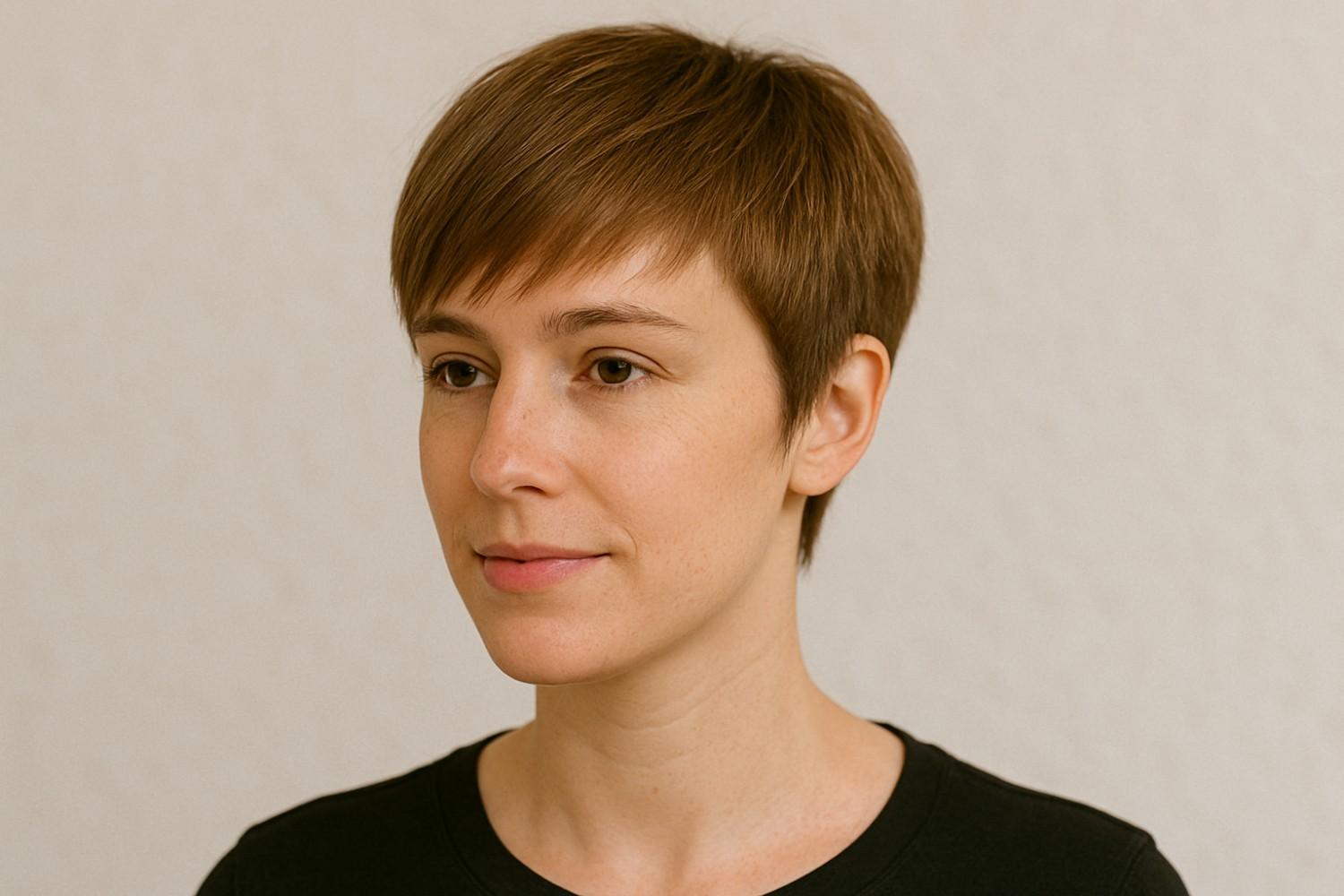
This cut keeps a longer front fringe that’s brushed forward over shorter side and back layers. It visually tightens the profile and gives lift at the front without making stiff or harsh lines.
Classic / Soft Pixie
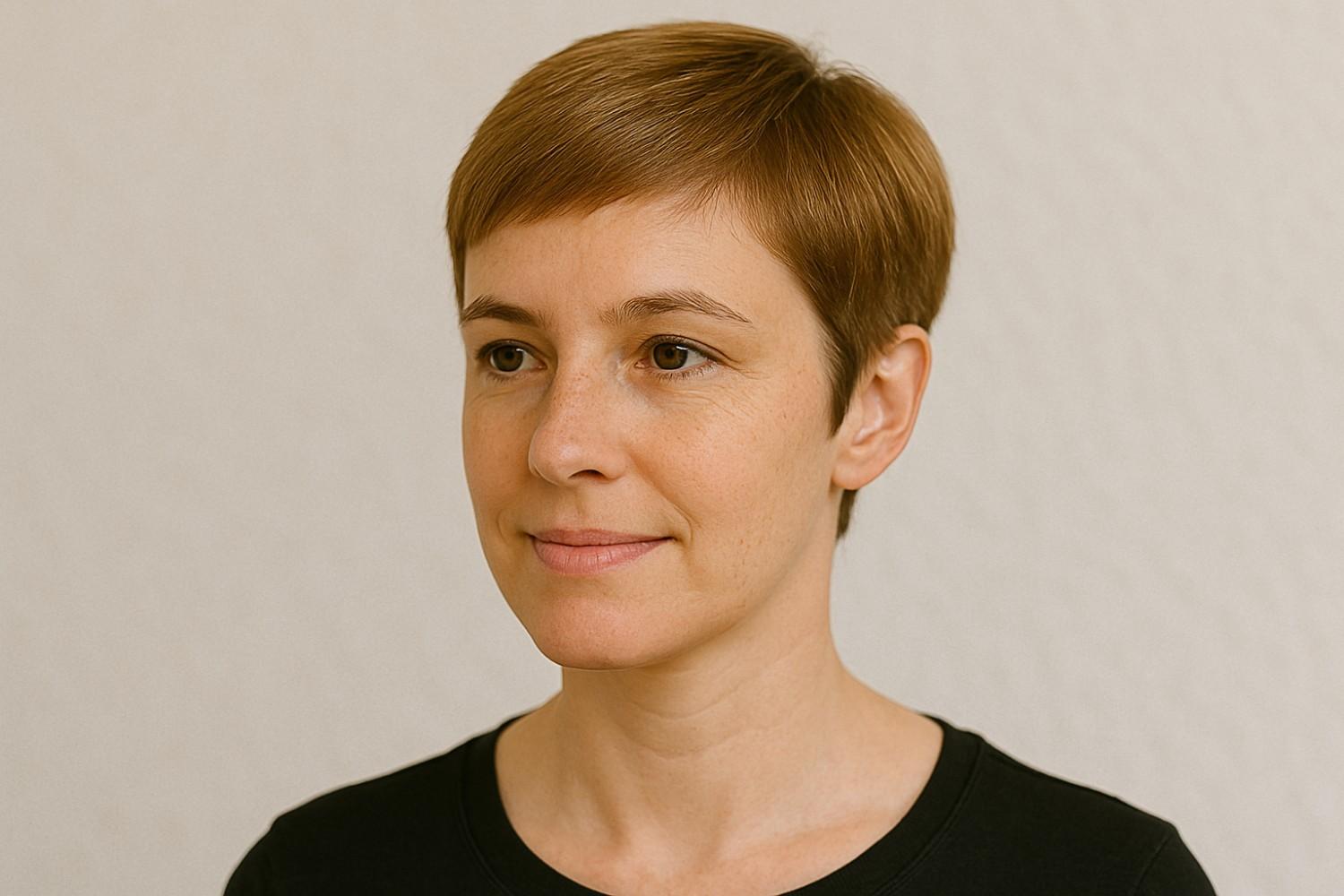
For a more timeless, polished look, opt for trimmed sides and slightly longer top layers. Use point-cutting or soft shears to add subtle separation. This style is also excellent for those over 50 because it softens features and is gentle on finer textures.
How to style and add volume every day
Use volumizing but lightweight products
Go for mousses, root boosters, or spray formulas that don’t weigh hair down. Heavy creams or thick pomades often flatten fine hair more than enhance it.
Blow-dry upside down
With your head flipped, dry the roots first. Use your fingers or a paddle to lift the hair as it dries—this trick is often recommended by seasoned stylists to jumpstart volume.
Introduce texture
After drying, gently scrunch or pinch sections with a texturizing spray or paste. This helps break uniformity and broadens the visual silhouette.
Limit washing, use dry shampoo
Frequent washes can strip natural oils, leaving your hair limp. Dry shampoo between washes keeps oils under control while maintaining lift.
Avoid blunt, heavy bangs
A solid, straight-across fringe can fall flat and appear lifeless. Instead, wispy, curtain, or side-swept bangs work best with fine hair to soften and add shape.
Choosing a cut based on your face and hair behavior
Before you ask for “just a pixie,” have a mini client-stylist chat with yourself and your cutter.
- Round face? Go for height at the crown and volume top. Combine it with a side fringe to elongate the face.
- Oval or heart shape? You have versatility—so you can explore playful fringe or soft edges.
- Straight-to-wavy hair? Talk to your stylist about how your natural texture falls; they’ll shape pieces to fall in flattering directions.
- Sensitivity to density? If your hair is ultra-fine or you worry about visibility of scalp, ask for layered, feathered pieces instead of heavy weight.
Also, consider whether your stylist cuts fine hair dry (to see how the strands naturally settle) or uses point-cutting once hair is mostly dry—both tactics help you avoid a “flat helmet” finish.
Daily styling routine: get fullness fast
- Start towel-damp hair and apply a small amount of volumizing mousse or root lift spray only at the base.
- Blow-dry upside down or at least lift roots with fingers or a round brush to create a foundation of lift.
- Use texture: pinch and piece through the mid-lengths and ends with a light paste or dry-texture spray.
- Tidy edges: keep sides sleek so the texture on top reads more noticeable in contrast.
- Lock it in (gently): a soft-hold spray keeps the shape without making the hair stiff or crunchy.
Frequently Asked Questions
1. Will a pixie really make fine hair look thicker?
Yes—if it’s cut with volume-building layers and movement. A well-structured pixie redistributes weight and gives the eye something to “grip,” creating the illusion of more substance.
2. Which pixie style suits a round face and fine strands best?
One with height at the crown, textured layers, and a side-swept fringe. The asymmetry and lift help elongate the face and distract from width.
3. How often should I trim my pixie to keep it fresh?
Typically every 4 to 5 weeks. Fine hair tends to lose shape faster, so regular light trims maintain definition without over-thinning.
4. Which products should I invest in for fine hair pixies?
A good volumizing mousse or root spray is a must. Add a lightweight texturizing paste or spray for separation. Avoid dense creams or oils that flatten your strands.
The bottom line
A great pixie has the power to turn fine hair into something fuller, lighter, and chic—and it starts with strategic design and styling. Whether you opt for choppy layers, asymmetry, undercuts, or a softer classic shape, the goal remains the same: enhance volume, movement, and flattering lines without excessive weight. With the right cut, the right method, and the right maintenance, short pixie haircuts for fine hair can be your shortcut to stylish, head-turning elegance.




